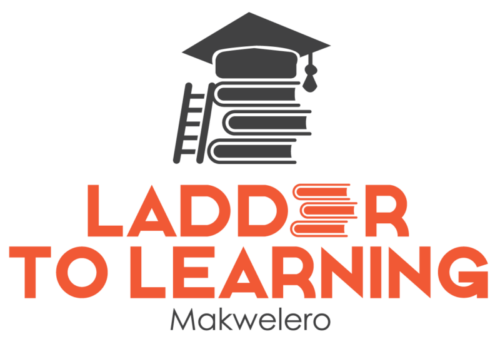Ladder to Learning: Literacy, creativity and leadership

/ Hamida, student
-
TYPE OF GRANT:
Scaling -
FUNDING PERIOD:
2022- -
GEOGRAPHIC FOCUS:
Malawi
Problem
Literacy is a requirement for almost all aspects of the formal education system and highly relevant to access knowledge. Literacy is considered critical for improved individual well-being and health as well as economic development. In Malawi, only 20% of grade 6 students attain the minimum reading grade level. Causes of poor literacy levels include the high student to teacher ratio (70:1 on average) and a lack of adequate learning resources.
Solution
Ladder to Learning supports low resource public schools In Malawi. They recruit passionate local youth volunteers to deliver "teaching at the right level" (TaRL) reading and comprehension programs. TaRL is a well-researched, effective, clearly structured and low-cost approach to improve learning outcomes. It helps children to quickly gain basic reading skills. The approach works by dividing children based on learning levels rather than age or grade.
Ladder to Learning partners with public primary schools to set up literacy hubs: spaces that provide students a platform to access literacy programs and learning resources such as books, computers, tablets, arts and crafts. It also trains teachers in relevant (digital) skills. Programs offered complement the existing school curriculum in Malawi. Their focus is on literacy, creativity and leadership.
-
12 USDper student for this low-cost and scalable solution
-
72%of participating students transitioned to the next reading level in 2022
-
10,000+students accessing literacy resources each year

About the organization
Ladder to Learning was set up in 2015 by Patience Silungwe Khembo, who experienced the contrast between different teaching methods in her youth and is passionate to improve learning conditions for all in Malawi. The local youth-led organisation has a small core team and is supported by local volunteers. It is currently active in five schools and aims to reach 50,000 students by 2027.



